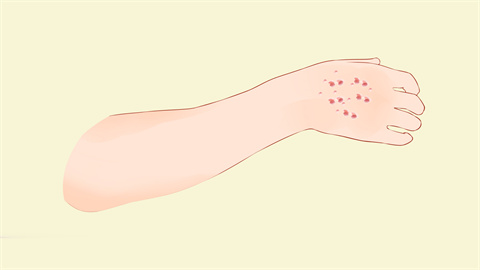How do HBV and HPV tests differ?
Generally, HBV refers to hepatitis B virus, and HPV refers to human papillomavirus. The tests for hepatitis B virus and human papillomavirus differ in terms of testing purposes, methods, samples, interpretation of results, and testing times. A detailed analysis is as follows:

1. Testing Purposes
The hepatitis B virus test is primarily used to detect infection with the hepatitis B virus and to assess viral replication. In contrast, the human papillomavirus test is mainly used to determine infection with human papillomavirus to evaluate the presence of cervical lesions.
2. Testing Methods
For hepatitis B virus testing, the "five-panel" hepatitis B test is required, which involves analyzing the hepatitis B surface antigen, hepatitis B surface antibody, hepatitis B e antigen, hepatitis B e antibody, and hepatitis B core antibody indicators. For human papillomavirus testing, DNA testing of cells is primarily performed, analyzing the DNA molecular information of the human papillomavirus.
3. Testing Samples
For hepatitis B virus testing, a blood sample must be collected. For human papillomavirus testing, in addition to blood, other bodily fluids such as cervical mucus and exfoliated cervical cells can also be collected.
4. Interpretation of Test Results
For hepatitis B virus, the results of all five parameters must be analyzed together. If the hepatitis B surface antigen is positive, it indicates a high possibility of infection. For human papillomavirus DNA testing, a negative result indicates no infection, while a positive result indicates infection. Further determination of the severity is then based on viral load and infection type.
5. Testing Time
Hepatitis B virus testing can be performed at any time but requires fasting. In contrast, human papillomavirus testing should be performed 3–7 days after the end of menstruation and typically does not require fasting.
In addition, the post-test precautions and care differ between the two tests. If abnormalities are detected, further tests are required to confirm the findings.







